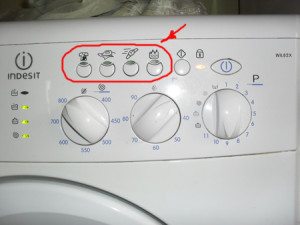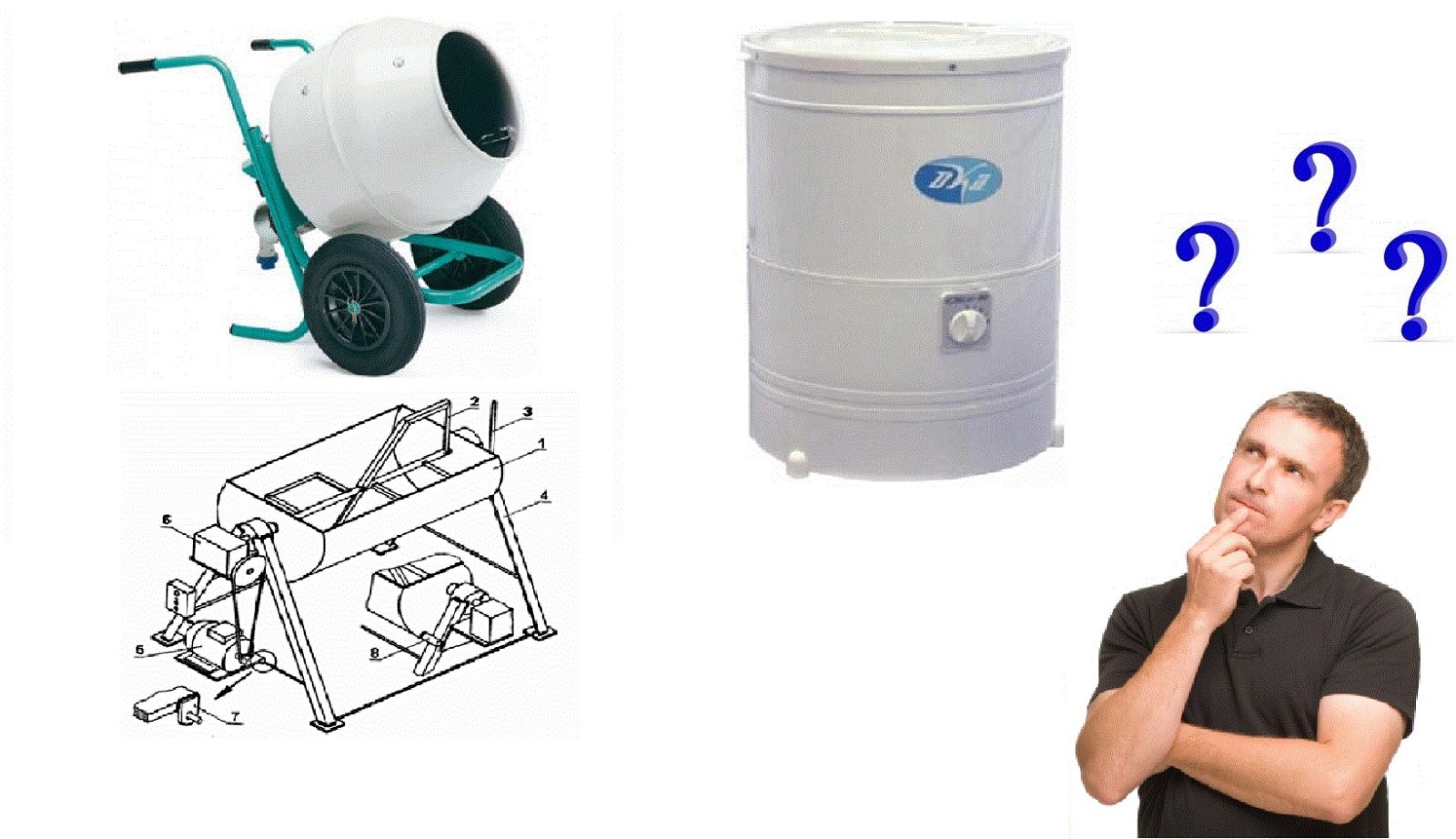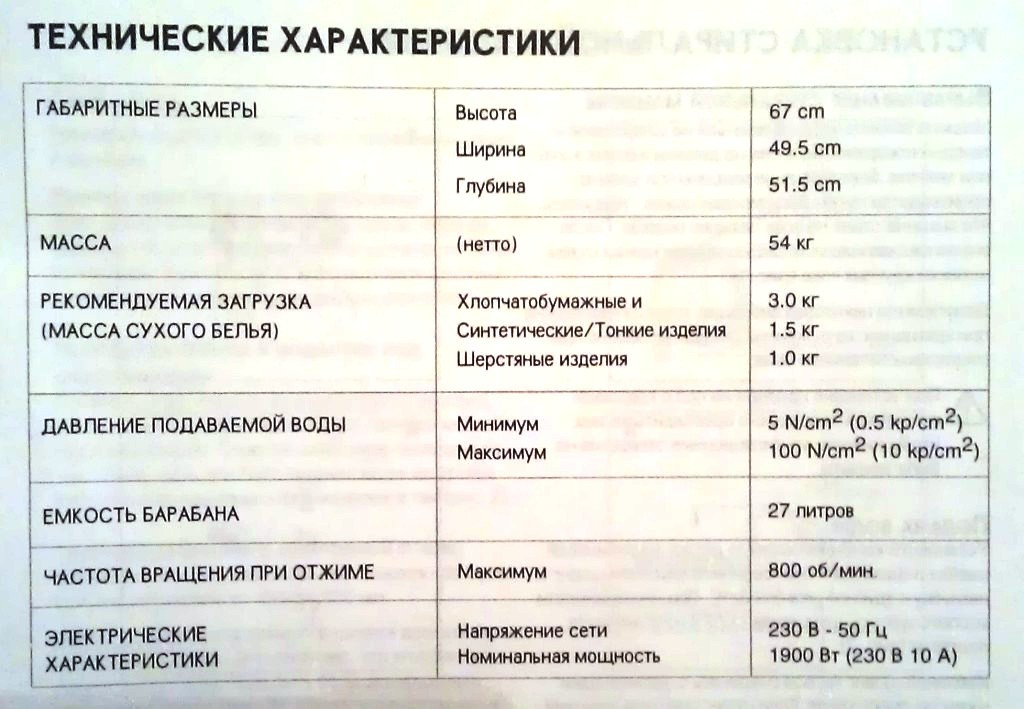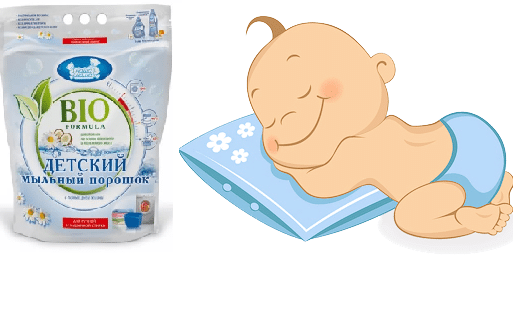The operating principle of the washing machine is automatic
 Modern household appliances are necessary to make our lives easier. It helps to free up many hours of our lives and devote them to those things that we like best. It also allows us to rest more. But not every person was interested in how our technology works. I did not understand the fundamental principles of its functioning. By the way, these principles can be quite interesting. And if you seem curious about the various technical innovations that progress has brought into our daily lives, then you will also like this article.
Modern household appliances are necessary to make our lives easier. It helps to free up many hours of our lives and devote them to those things that we like best. It also allows us to rest more. But not every person was interested in how our technology works. I did not understand the fundamental principles of its functioning. By the way, these principles can be quite interesting. And if you seem curious about the various technical innovations that progress has brought into our daily lives, then you will also like this article.
Perhaps you still remember the times when you washed your clothes with your own hands. Then rinse it twice. First in warm and then in cold water. After this, they were wrung out and hung to dry. This required a lot of time and effort.
That's the case now! Nowadays, in order to get perfectly clean and pleasant-smelling laundry, you just need to put it in the tank and set the washing cycle. And after a while you can take it out! Just a few decades ago, such washing might have seemed like magic! And now this is a common occurrence. So, let's move on to the principles of washing.
How does a washing machine work?
 Washing machines come in front-loading and top-loading types. They all run on electricity. The center of the washing machine is its drum. We throw dirty laundry into it. It rotates during washing. Due to this, the laundry being washed is lowered into the water. Water easily gets inside the drum, as there are many small holes in it. When the hatch is closed, the part where washing occurs is sealed.And if the machine is working properly, then moisture cannot get out.
Washing machines come in front-loading and top-loading types. They all run on electricity. The center of the washing machine is its drum. We throw dirty laundry into it. It rotates during washing. Due to this, the laundry being washed is lowered into the water. Water easily gets inside the drum, as there are many small holes in it. When the hatch is closed, the part where washing occurs is sealed.And if the machine is working properly, then moisture cannot get out.
The washing itself does not have any special secrets or tricks. Everything happens quite simply.
Things end up in water in which washing powder is dissolved. Then the drum rotates and the laundry is mechanically cleaned by interacting with the resulting solution. After the main washing stage is completed, the contaminated water is drained and rinsing occurs, and then spinning. Also, some machines have a drying function, which allows you not to hang out the laundry, but to take out the already dry ones.
Behind the drum of the machine there is a tank. It is the main reservoir of water. The drum acts as an active rotating part, which gives movement to the laundry. Due to this, washing occurs.
In machines with horizontal (front) loading, the laundry is placed in the hatch hole located in the front part of the body. This type is the most common in Russia and Europe. In America and many Asian countries, top-loading washing machines are more commonly used. The structure of the latter is somewhat different. The laundry is placed on top.
The tank and drum of the machine, in fact, are the main items directly involved in the washing process. But besides them, there are other equally important details. For example, a heating element, also known as a heating element, brings water to the required temperature. And to control the heating, a thermostat is used. It measures the temperature and tells you when to stop heating. There are also water supply and outlet systems. They have valves that allow liquid to enter when needed. And they remove it from the tank when it is no longer needed.
To ensure water drainage, the drain pump (pump) operates. And the electronic control module makes sure that everything is in order.
Stages of washing clothes
 An automatic washing machine is a household appliance that can independently carry out all washing processes from start to finish. She fully controls her work in accordance with the parameters specified by the program. And if it is working properly, then all stages of washing will proceed clearly and smoothly. And if malfunctions appear, then it’s time to call a specialist or deal with them yourself. Fortunately, there is our website new.washerhouse.com for this. It will help you deal with many breakdowns on your own.
An automatic washing machine is a household appliance that can independently carry out all washing processes from start to finish. She fully controls her work in accordance with the parameters specified by the program. And if it is working properly, then all stages of washing will proceed clearly and smoothly. And if malfunctions appear, then it’s time to call a specialist or deal with them yourself. Fortunately, there is our website new.washerhouse.com for this. It will help you deal with many breakdowns on your own.
The wash starts with loading. Just in case, we remind you that before loading laundry, you need to remove everything from your pockets. Next, add washing powder. It must be placed in a special compartment of the dispenser. Then plug the plug into the outlet (by the way, this can be done earlier). Then make sure the water is not blocked. Select the required washing mode and start it.
The machine is guided by the specified parameters and, without your participation, begins to draw water and wash. The dispenser is also washed during the process. And the powder ends up in the compartment with laundry and water. The thermostat allows the heating element to turn on and heat the water to the required temperature. And when there is enough water in the tank and it has reached the required heating, the main wash begins. During this process, the drum rotates, moving the laundry in a solution of water and powder.
The resulting solution, together with the rotation of the drum, removes dirt from things. Then a special valve opens, the drain pump is connected and water flows out of the tank. When the water has flowed out, the water supply valve opens.And fresh, clean water fills the tank.
After it reaches the required amount, which, by the way, is monitored by a level sensor, rinsing starts. Rinse is repeated several times. And when the required number of repetitions has already been completed, the spin cycle starts. During the spin cycle, the drum of the machine rotates vigorously. And the water goes through the hole in the drum into the tank. And it is already pumped out of the tank by the drain pump.
Some washing machine models have a drying function. This is what happens after spinning. If this option is not provided in your machine or is simply disabled, then after spinning the wash is finished. And you can get the laundry out when the hatch lock allows it. This usually happens within three minutes after the end of the wash.
How the machine works on video
Interesting:
Reader comments
- Share your opinion - leave a comment





















Add a comment